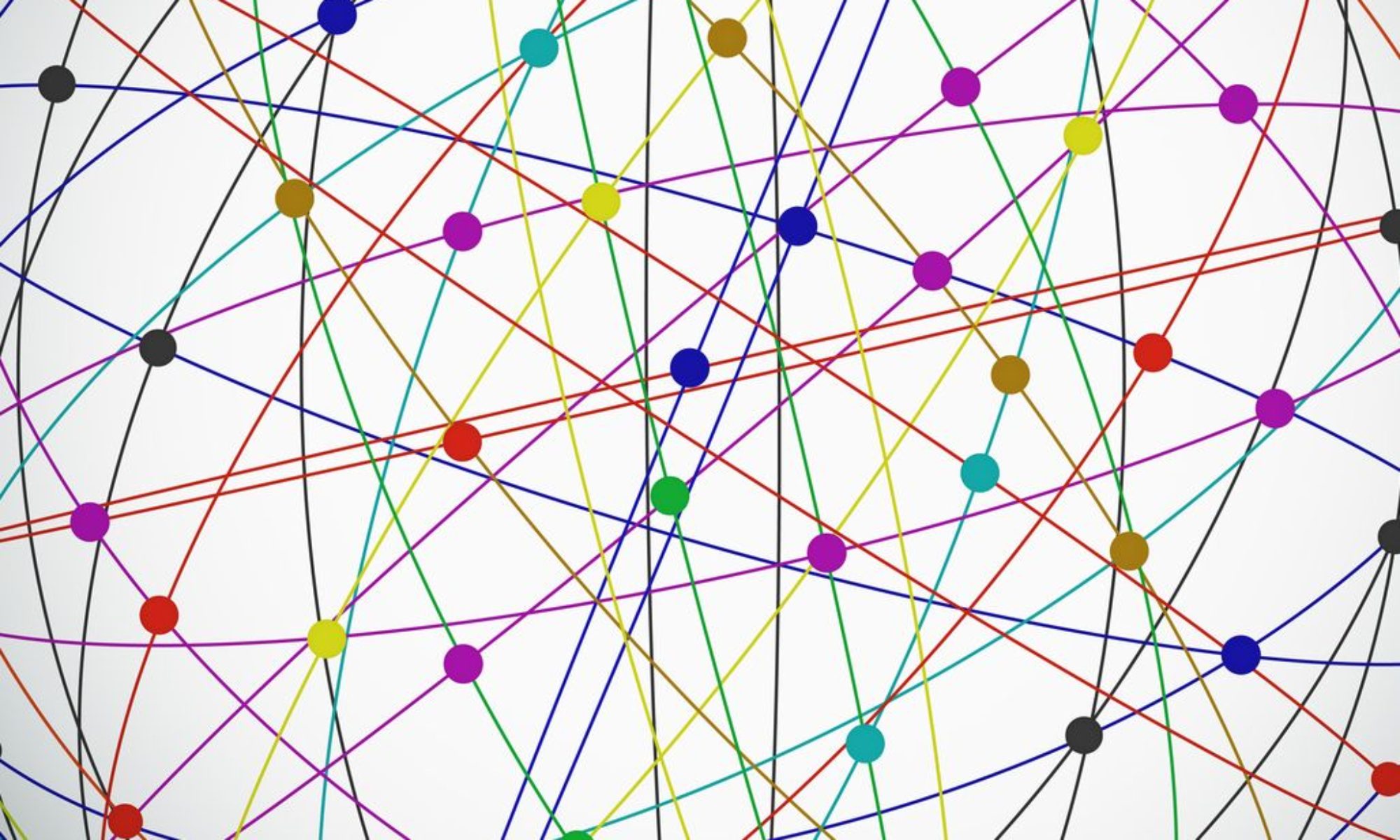It’s not what, it’s HOW
Are you working on: community engagement, community mobilization, collaborative projects, collective impact, missional church, parish projects, or small group meetings? How is that working? Are you finding it frustrating, a struggle or impossible?
Do you wonder how such great ideas are so difficult to create?
We are starting new things, wanting new results and it isn’t happening, it’s not working. No matter how much we want to see collaboration, vulnerability, engagement, and cooperation, we are still getting competitiveness, power struggles, blaming, verbal put-downs, passive aggressive actions, and distrust.
The solution is that we need to shift the focus to HOW we are doing it instead of WHAT we are doing.
I am a structurist, a systems thinker. I see how the structure of an organization or system creates the outcomes. When we shift focus to HOW we are working together then we are starting to look at the system or structure that is providing us the outcomes we are experiencing.
Albert Einstein said that “Insanity is doing the same thing over and over and expecting different results”. That is what we are experiencing right now. We are starting new projects, calling them new names, hosting them in fun places like bars and coffee shops, but using the same system that we used before and finding that nothing has changed.
HOW we are operating together needs to shift, and the great news is that we can change that!
There are two systems thinking concepts that can guide us. First is “It isn’t the person, it’s the system.” There is always a system or structure that is giving form to the outcomes we are experiencing. It’s there. We think it’s “just the way people are”. We are led to believe that people are: mean, competitive, power-hungry, self-serving, and that to survive they must be on the top of the heap.
We have been blaming people, and instead we need to blame the system we are using. This concept allows me to have more grace and compassion to my fellow humans as I use the affirmation that -systems create the way people act. We are living in a human-made system that is dysfunctional. Our current human-made system is far removed from the way God created our world to work; which is that everything is interconnected and interdependent.
The second powerful point from systems thinking is that systems can be socially constructed. The human-made system that we are currently using was socially constructed –by humans! Not intentionally but it evolved along with us. We can use an intentional processes to socially construct a new human system. The key that we will use to create this new system is –Living Communication; it’s all about authentic conversation and connection.
This blog/book is written to be used as an organizational sell-help tool. Systems can be changed by using leverage points. The ideas, dialogue topics, processes and exercises are all useful leverage points for change.
One person can shift a system, a core team can shift an organization, and together we can change our world.

Living Communication connects us to each other so that we know we are interconnected and interdependent; we experience belonging, value and power.
Living Communication provides a web of support so that each of us bring 100% of ourselves, we expand into who we came here to be.
Living Communication moves us into the shape of this sphere where the magic in the middle is the possible future that all of us work for together in collaboration and cooperation.
Peter Block in Community; the Structure of Belonging writes (page 52)
“The idea of community restoration becomes concrete when we grasp the importance of language. When we understand that, we can see how our language, or conversation, is the step that makes creating an alternative future possible. Suppose we begin to think of our communities as nothing more or less than a conversation.”
The work ahead is going to be ridiculously hard, and ridiculously amazing.
Contact me! I want to take the journey with you.
Next Chapter:Living Communication Organization Model
